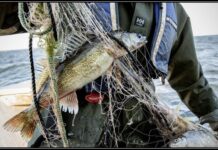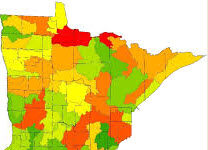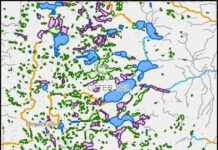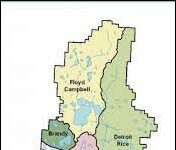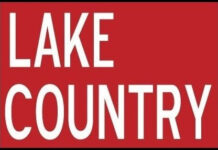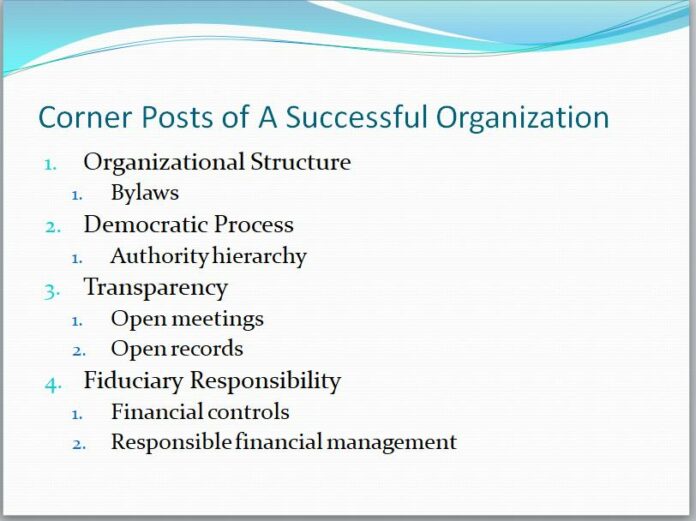For more information: [email protected]
When contemplating establishing a lake organization there are many things to consider. The idea for organizing is probably conceived by one or more lakeshore property owners to answer to desired objectives to be accomplished. These objectives can be of almost any nature including combating the proliferation of Aquatic Invasive Species (AIS), improving water quality, water level management, boater safety, response to state and county regulations, education or even just improving social networking opportunities. The objectives pursued by the initial collective group of individuals will determine the original personality of the organization.
The composition of lake organizations created for the benefit of lakeshore property owners is generally similar. There is a high degree of commonality of basic attributes befitting organizations of individuals or members. The organizations are therefore made up of and exists to facilitate the members in their stewardship of the lake and enhancing the lake experience.
Organizational Corner Posts
There are four corner posts supporting successful lake organizations.

Organizational
Structure
Any
successful organization requires an organizational structure describing delegation
of responsibilities and authorities. This
is expressed in the Bylaws.
Democratic Process
The maintenance and management of the organization is facilitated by a process based on a majority or consensus of Members on election of managers or on votes on issues. The process extends to decisions by the Board of Directors or Committees as delegated to from the Members.
Transparency
Members are entitled to open disclosure on any and all records and activities of the organization including minutes of meetings and all financial matters.
Fiduciary Responsibility
The association has an obligation to act in the best interest of its Members especially in all financial matters.
Table of Organization
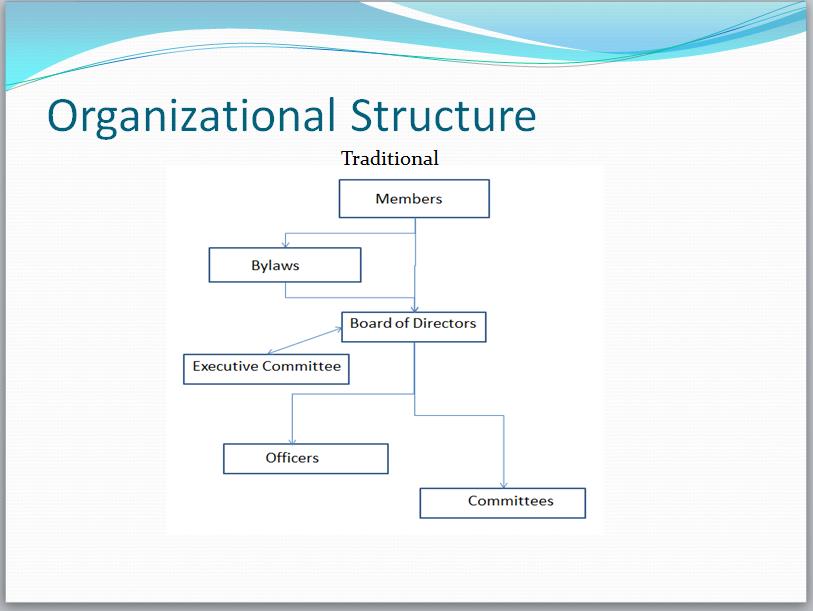
For lake organizations the Members possess the highest level of authority for establishing the framework of the organization and for the staffing of individuals to manage the affairs of the organization.
Bylaws
The Members collectively approve the organizational structure, including the nature and flow of responsibilities and authorities, in the Bylaws. They provide for meetings, elections, Officers, financial controls and administrative procedures. They also lay out the form and function of delegation of responsibilities and authorities to a Board of Directors, Officers and Committees.
Board of Directors
The Board of Directors are provided for in the Bylaws. The makeup, powers and limitations of the Board are laid out in the Bylaws. The Board of Directors are elected by the Members.
Executive Committee
The Executive Committee is optional as may be described and included in the Bylaws. Its purpose is to provide a decision-making subgroup of the Board of Directors to facilitate required decisions when the full Board is not available, such as during an off-season. Decisions by the Executive Committee may be subject to ratification by the full Board at a subsequent regular Board Meeting. Minutes of Executive Committee Meetings are approved and recorded with Board Minutes of regular meetings.
Officers
If so provided for in the Bylaws the Officers (President, Vice President, Secretary, Treasurer) are elected from the Board to possess designated executive powers and to represent the organization for documentation and financial purposes.
Committees
Various Committees that may be sanctioned by the Members or the Board of Directors may be created and managed by the Board of Directors
Table of Organization – Variation
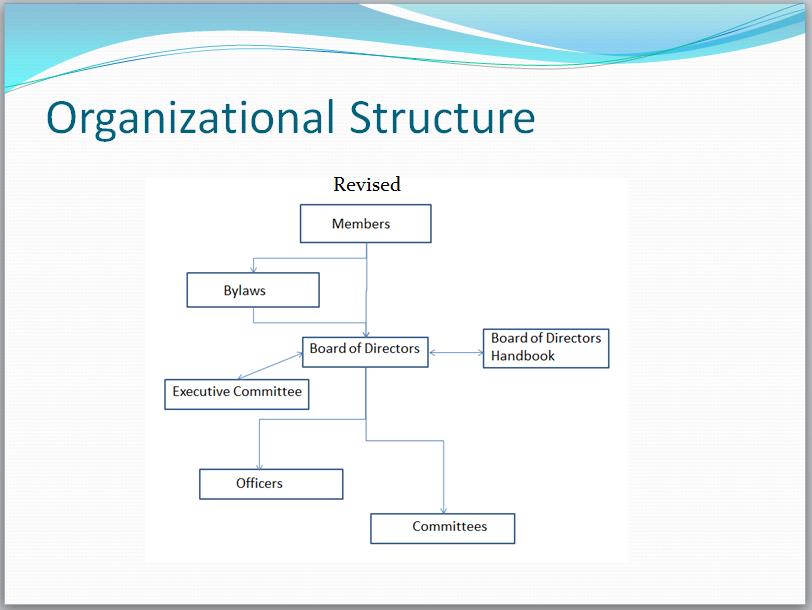
A variation on the traditional Table of Organization is the inclusion of a Board of Directors Handbook.
A recent study of many sets of Bylaws of large, medium and small sized lake organizations showed that Bylaws were often burdened with complicated, inflexible provisions that made them unusable and untenable as credible, functional management documents. As the dynamics of organizations change and mature it is often impractical to expect Bylaws alone include all of the necessary detail to keep in step with evolution of the organization. Appropriate provisions included in traditional Bylaws can be practically delegated to the Board of Directors for the Board to manage. This eliminates the requirement to amend the Bylaws to accommodate new developing issues each time they arise. Amendments to the Bylaws or any section of the Bylaws requires approval by vote of the Members. Bylaw provisions often viewed appropriate to be delegated to the Board include matters such as electronic voting, proxies, powers of attorney, financial audit requirements, disbursement authorizations, etc. They can also include duties and responsibilities of Officers and Board Members. When provisions are hard-coded in traditional Bylaws, that are not consistent with actual practice, they are often ignored diminishing the credibility of the Bylaws.
Board of Directors Handbook
The Board of Directors Handbook is a supplemental document that includes examples of generally accepted policies, procedures and forms that can be appropriately referenced and modified by the Board to accommodate establishing Bylaw-type provisions. The Members provide for delegation of this authority by referencing the Handbook in the Bylaws. The Handbook provides for the Members to impose their desired level of control over Bylaw provisions while allowing the Board to have a readily available resource of including appropriate policies and practices for efficient management of the organization.
More information: [email protected]




